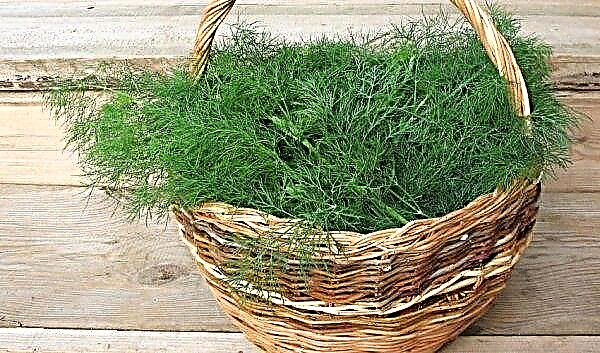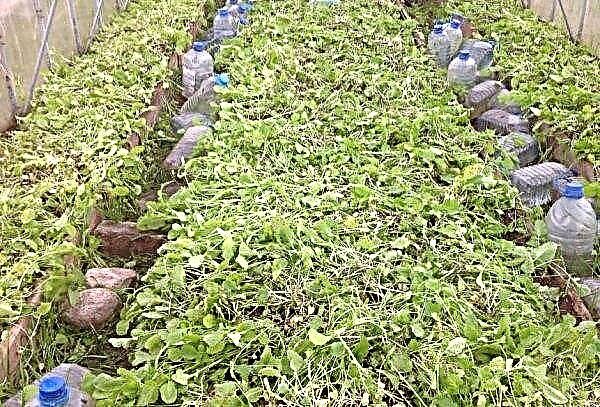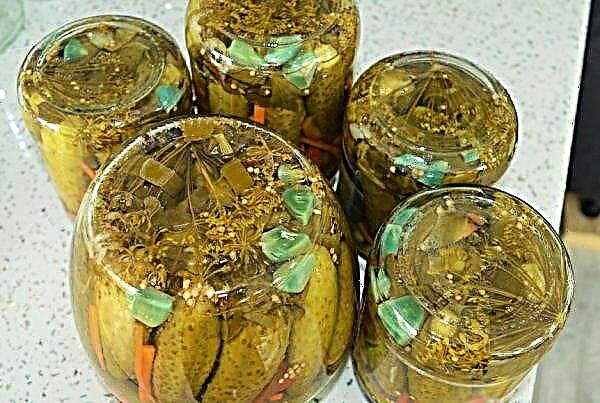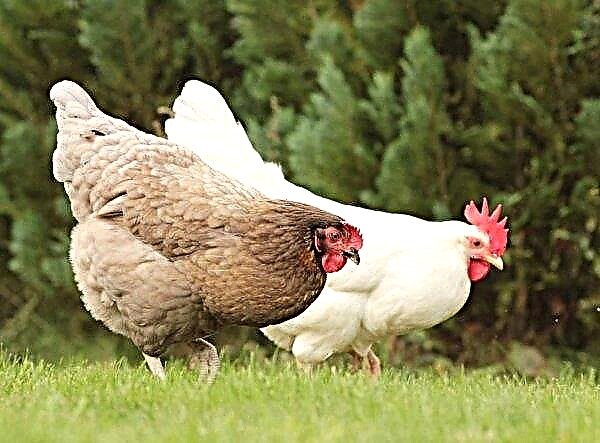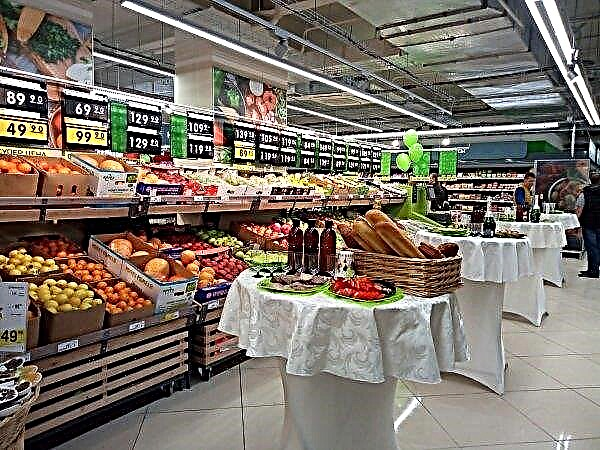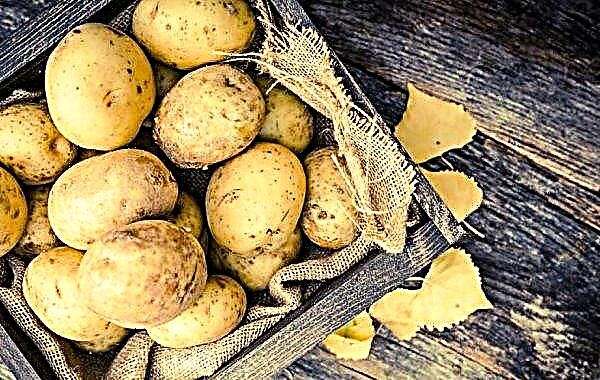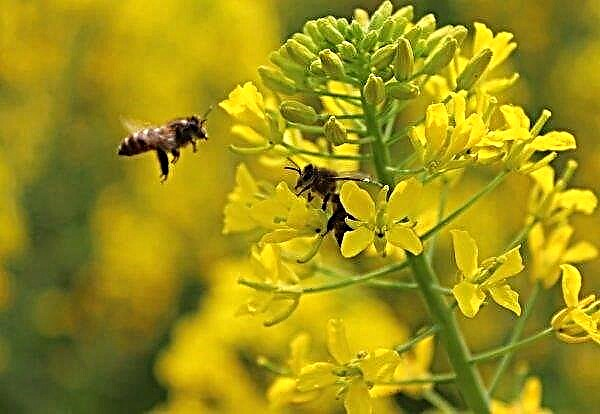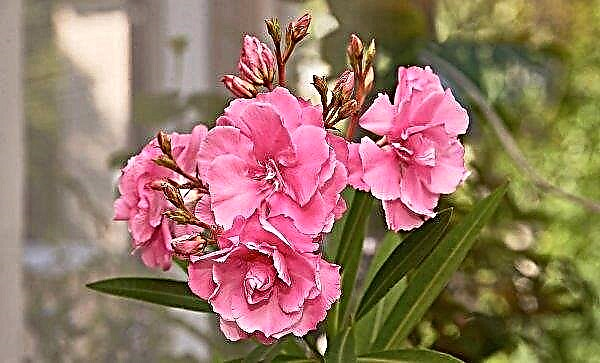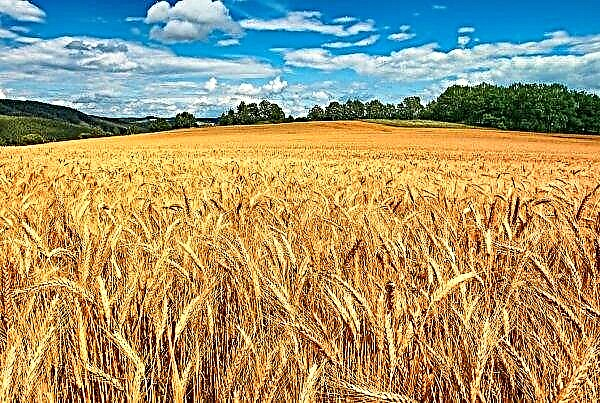Fir is a common coniferous crop, which has climate and water control, water protection, soil protection and decorative value. In addition, it has beneficial properties on the human body. The plant is unpretentious, it is easy to grow it near the house, in the garden, in the country. Today, the Korean look is especially popular.
View description
The Korean variety (lat.Abies koreana) is one of the most loved firs among landscape designers. This is explained by its high decorative qualities, a variety of varieties, endurance and unpretentiousness in care. Its largest representatives grow 15 m in height. They form a beautiful, magnificent crown in the shape of a wide cone. In diameter, it spreads 3-4-4 m.
The root system is powerful. It is well developed, has many branches, penetrates the earth to a great depth. The trunks of young trees are covered with a smooth bark of light gray color. In mature specimens, it is cracked, red-brown. The trunk diameter is 50–80 cm. The color of the shoots changes with age. In youth, they are yellowish. In adult trees - purple.
The needles are thick and hard. It reaches such dimensions: length - 10-15 mm, width - 2-2.5 mm. Its upper part is painted dark green, on the bottom there are 2 light stripes. Fruits are cones. They have the shape of a cylinder. They reach 5–7 cm in length and 2–2.8 cm in width. Painted in purple with magenta color. For the first time, bumps appear at the age of seventeen.Did you know? Fir is a long-lived tree. In nature, there are specimens that are over 700 years old.
The name of the variety Abies koreana was given due to the fact that South Korea is the birthplace of trees. There they are often found in mountainous areas. Form clear forests. Also, they often grow in the same forests as Ayan spruce and Erman's birch. The species came to Europe in 1902. The average lifespan of Korean fir in culture is 150 years. Annual growth is negligible - up to 10 cm.
Application in landscape design
To decorate the plots, various varieties of the Korean variety are used.. Low - planted in alpine slides, gardens of the eastern type. Barriers are made of tall ones, placed near buildings, fences.
Korean fir looks good next to juniper, cypress, birch. You can make beautiful compositions when decorating the landscape design, picking up other coniferous and deciduous crops. Also, the plant can be used as a New Year attribute.
Varieties of Korean Fir
The described culture attracts the attention of not only designers, but also breeders. They are actively engaged in the breeding of new varieties and forms. Today you can buy interesting dwarf and semi-dwarf varieties. Demand for full-height as well as medium-tall trees does not decrease. Below is a description and description of some of the most common varieties.
Important! Fir does not tolerate city conditions, gas, dust. It is better to land it away from busy motorways, railways, industrial enterprises.
Compact
It is one of the most beautiful dwarf plants. Compacta trees form a round, dense, dense crown. In mature form, it becomes like a pillow. Occasionally conical specimens are found. At 10 years old, plants reach a height of 60–90 cm. Skeletal shoots branch strongly, grow in different directions.

The needles of the compact variety are short in length. Painted in deep green. The lower part of the leaves is white-blue. Cones are large, 8–15 cm long. At the beginning of ripening, they are green, later becoming purple and brown.
Main characteristics of Compact trees:
- high frost resistance;
- moist soil;
- drought tolerance;
- lighted places;
- resistance to environmental pollution.
 The compact Korean fir is recommended for cultivation on personal plots, in stony and heather gardens.
The compact Korean fir is recommended for cultivation on personal plots, in stony and heather gardens.Blue Emperor
Blue Emperor trees were obtained in 2002. They form a wide conical crown. Slowly grow, adding 8 cm per year. At the age of 10, they reach a height of 1.5 m. The crown spreads in diameter up to 1.5 m. The needles of this variety are gray with a blue tint. She is short and soft.
Important! Fir seedlings should be planted from the container. So he quickly adapts to environmental conditions, will grow, grow stronger.
Cones grow vertically up. When ripe, they are painted in a blue-violet or purplish-violet hue. Further turn brown. The shape of the fruit is similar to ellipses. This fir grows well in the shade and partial shade. It tolerates frosts. She is hygrophilous. Slows growth in arid conditions.
Fir Blue Emperor advised to plant in small gardens, rock gardens, to create bright decorative floral arrangements. They are suitable for planting as a tapeworm and in groups.
Blue magic
Blue Magic variety appeared as a result of a mutation carried out by special processing of seed material. Its trees are dwarf. Upon reaching 10 years, they grow 30–100 cm in height and 80–180 cm in width. The maximum height of this fir is up to 2 m, diameter - up to 1.5 m.
The crown is most often formed flat, in the form of a pillow. The needles are short, silver-blue. Cones are formed in the form of ellipses. At first they are purple; as they mature, they change color to purple and brown.
The Blue Mezhdik variety has gained popularity due to the following characteristics:
- Takes up little space on the site.
- Can grow in partial shade.
- It tolerates cold, heavy snow and unstable weather conditions.
- Does not put forward requirements for soil fertility.

Molly
Representatives of the variety reach a height of 7 m and a diameter of 3 m. Their trunk grows straight, which makes the tree look slender. The crown is formed conical, regular symmetrical. The needles are dense, flat, medium in length, not spiky. It is painted in saturated green color with a bluish tint. Cones grow 5 cm in length.
They are blue in color with a purple tint. As they mature, they turn brown. The trees grow slowly. The annual growth is not more than 6-7 cm. This variety can be planted in the suburbs and in the conditions of a large settlement.
Among the advantages of Molli are:
- high level of decorativeness;
- undemanding to the soil;
- compactness;
- life expectancy up to 300 years.

Perhaps the only, but very significant drawback of the variety is the low level of frost resistance, which makes it unsuitable for cultivation in areas with a harsh climate. Molli is also sensitive to temperature extremes.
Silberlock
This is one of the most common varieties. It was bred a long time ago - in 1979, a cone-shaped crown is formed among its representatives. Often you can find trees with several tops.Silberlok variety (in translation - "silver curl, curl") is named so because of the unusual appearance of needles. On top they are painted in dark green, and on the bottom they have a silver tint. They are strongly bent. And if you look at the tree from afar, it seems that all the needles are silvering.
Did you know? Fir has an interesting aroma, which is actively used in perfumery. It is present in the products of such world famous brands as Givenchy, Kenzo, Oskar de La Renta, Tom Ford, YSL, Hermes.
Another characteristic feature of this fir is the color of the cones. They are purple. Thus, during fruiting, trees become especially decorative. Cones have the shape of a cone, reaching a length of 7 cm. Silberlock trees grow slowly - at the age of ten they have a height of not more than 1.2–1.8 m. The diameter of the crown is 1.5 m.

The plant is valued because of these characteristics:
- frost resistance;
- high decorativeness;
- shade tolerance;
- compactness.
 The disadvantages of the variety include the poor tolerance of urban conditions, droughts, so that the cottage, garden or garden plot has a beautiful view throughout the year, it is worth planting conifers, for example, Korean fir. If you choose a good place and organize quality care, this tree will delight you with its decorativeness for many years.
The disadvantages of the variety include the poor tolerance of urban conditions, droughts, so that the cottage, garden or garden plot has a beautiful view throughout the year, it is worth planting conifers, for example, Korean fir. If you choose a good place and organize quality care, this tree will delight you with its decorativeness for many years.


